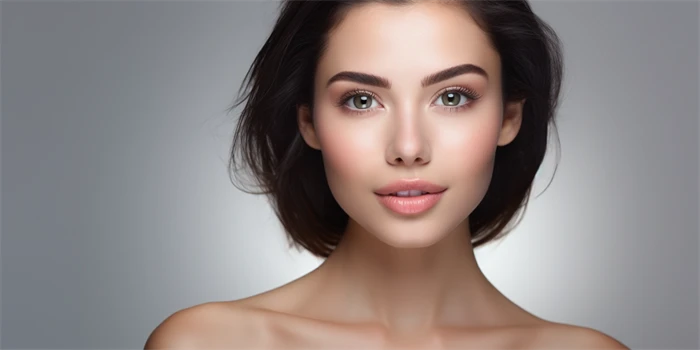
Certainly! Here's an article on the topic of eating shrimp after liposculpture in Cambridge:
Enjoying Shrimp After Liposculpture in Cambridge
Liposculpture, a popular cosmetic procedure, has become a common choice for individuals looking to refine and contour their body shape. As with any medical treatment, patients often have questions about post-operative care, including dietary considerations. One common query is whether it's safe to consume shrimp after undergoing liposculpture in Cambridge.
The good news is that in most cases, patients can enjoy shrimp after their liposculpture procedure, provided they follow their surgeon's instructions and take certain precautions. However, it's essential to understand the potential considerations and ensure a smooth recovery process.
Liposculpture and Diet: What to Know
Liposculpture, also known as liposuction, is a surgical procedure that removes localized pockets of excess fat from targeted areas of the body, such as the abdomen, thighs, or arms. The recovery process typically involves some swelling, bruising, and discomfort, which can last for several days or weeks, depending on the extent of the procedure.
During the recovery period, patients are generally advised to follow a specific diet to support healing and minimize the risk of complications. This may include recommendations to avoid certain foods or ingredients that could potentially interfere with the healing process.
Shrimp and Liposculpture Recovery
Shrimp is generally considered a safe and healthy option for individuals recovering from liposculpture. As a lean protein source, shrimp can be a valuable addition to a balanced post-operative diet, providing essential nutrients to support the body's healing processes.
However, it's important to note that individual responses may vary, and patients should always consult with their surgeon before incorporating any new foods into their diet. Some key considerations regarding shrimp and liposculpture recovery include:
1. Allergies and Sensitivities: Some individuals may have an allergic reaction or sensitivity to shrimp or other seafood. It's crucial to inform your surgeon of any known food allergies or sensitivities before consuming shrimp.
2. Digestive Considerations: Certain individuals may experience temporary digestive issues, such as bloating or discomfort, after liposculpture. In such cases, it's best to introduce shrimp and other foods slowly and in moderation to monitor the body's response.
3. Surgical Incisions: Depending on the location of the liposculpture procedure, certain foods, including shrimp, may need to be avoided if they could potentially irritate or interfere with the surgical incisions.
Consulting with Your Surgeon
Before incorporating shrimp or any other foods into your post-liposculpture diet, it's essential to consult with your surgeon. They will be able to provide personalized guidance based on your specific case, surgical details, and overall health status.
Your surgeon can address any concerns you may have, such as:
- Is the surgeon experienced and reputable?
- What are the surgeon's qualifications and specializations?
- What specific procedures does the surgeon excel at performing?
By working closely with your surgeon and following their recommendations, you can safely enjoy shrimp and other nutritious foods during your recovery, supporting your body's healing and achieving your desired aesthetic goals.

